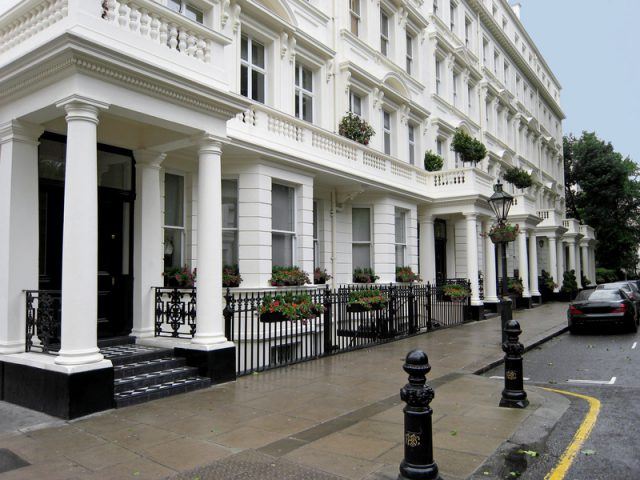Slow house price growth in the high-end property market has effectively offset the Stamp Duty hike that buy-to-let landlords and second homebuyers are now forced to pay, according to new research from Private Finance.
The independent mortgage broker’s analysis of Land Registry figures shows that the average house price among the top 5% of property sales in England and Wales in 2016 was £1.121m. This was up by just 0.5% from 2015, as a combination of Stamp Duty changes and uncertainty following the EU referendum put the brakes on high-end property sales.
The 3% Stamp Duty surcharge that was introduced in April 2016 means that a property worth £1.121m is now liable to Stamp Duty of £89,521 if purchased as buy-to-let or second home, at an effective rate of 7.98%. This is £33,639 more than the £55,882 fee under the previous system, which still applies if the property is bought as a main residence, at an effective rate of 4.98%.

Slow High-End House Price Growth Offsets Stamp Duty Hike for Additional Homes
Despite the higher fee amounting to a 60% hike in Stamp Duty costs for landlords, investors and second homebuyers in the high-end of the property market, Private Finance’s analysis suggests that this extra £33,639 has been more than offset by the potential savings to be made on property values as a result of slower house price growth.
Annual price growth of 0.5% in 2016 among the top 5% of property transactions was markedly slower than across the rest of the market, where average prices rose by 4.2%.
Had the top 5% of the market risen at the same rate, buyers would have had to part with £1.162m for the average high-end home in 2016, rather than £1.121m – an extra £40,827. This saving more than compensates for the additional £33,639 Stamp Duty bill facing landlords and second homebuyers.
The difference is even larger for potential buyers of second homes or buy-to-let properties in Greater London. The average high-end property sale in 2016 was worth £2.581m in the capital, up by 1.5% on the previous year.
However, the remaining 95% of the London property market saw average prices rise by 8.2% over the same period, from £443,259 to £479,507.
Had the top 5% of the London market grown at the same 8.2% rate, it would have pushed average prices in this bracket up to £2.750m, leaving buyers to find an extra £169,410 for their purchases.
This far exceeds the additional £77,431 in Stamp Duty that would be due on a £2.581m home if it were purchased as a buy-to-let or second home (where Stamp Duty would cost £300,903) rather than a main residence (where £223,472 would be due).
The study comes after the Office for Budget Responsibility forecast rising Stamp Duty receipts from 2016/17 to 2021/22, and revised its previous 2016/17 prediction made in November 2016 on the basis of residential transactions and prices being “stronger than expected”.
The Director of Private Finance, Shaun Church, says: “Conditions have been tougher at the top of the housing market since last April’s Stamp Duty reforms, which created all manner of disruption to normal activity before and after they took effect. A healthy housing market needs movement and fluidity at all levels and across all tenures, but successive changes to Stamp Duty in 2014 and 2016 have had the opposite effect.
“If there is one silver lining for would-be buyers and investors, it’s that slower growth of high-value property prices has had a positive impact on affordability. A buyer today can pay markedly less for a high-value property at the top end of the ladder than if growth had kept pace with the rest of the market, making it easier to absorb any extra Stamp Duty fees.”
He continues: “Despite being something of a damp squib, last month’s Housing White Paper hopefully marks a shift away from an era of policy gimmicks and short-term tinkering with housing. Greater thought is needed to create a Stamp Duty system that supports homebuyers and sellers across the market.
“In the meantime, the long-term trend of rising house prices means Stamp Duty can be just as much of a psychological issue for buyers as one of affordability. There are plenty of funding options at hand to help with covering transaction costs, which mean the associated fees and taxes need not be a permanent barrier to property purchases.”







